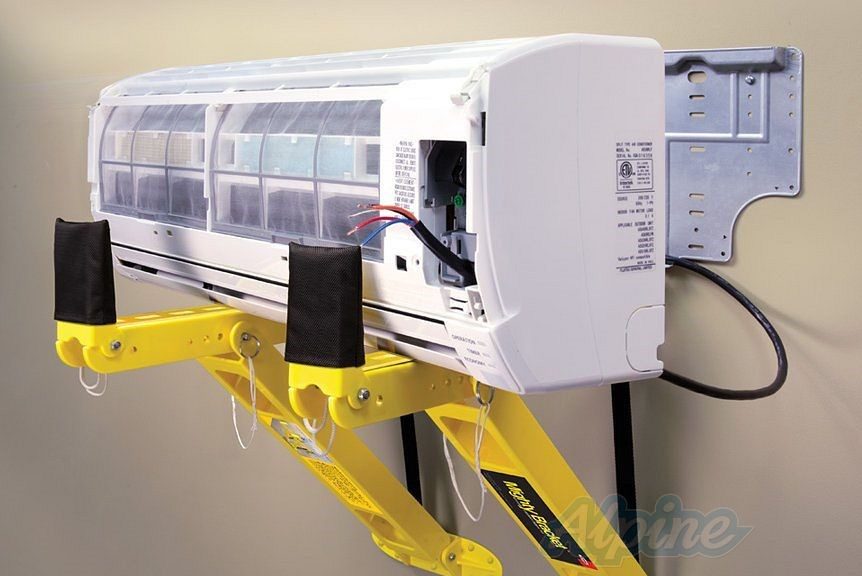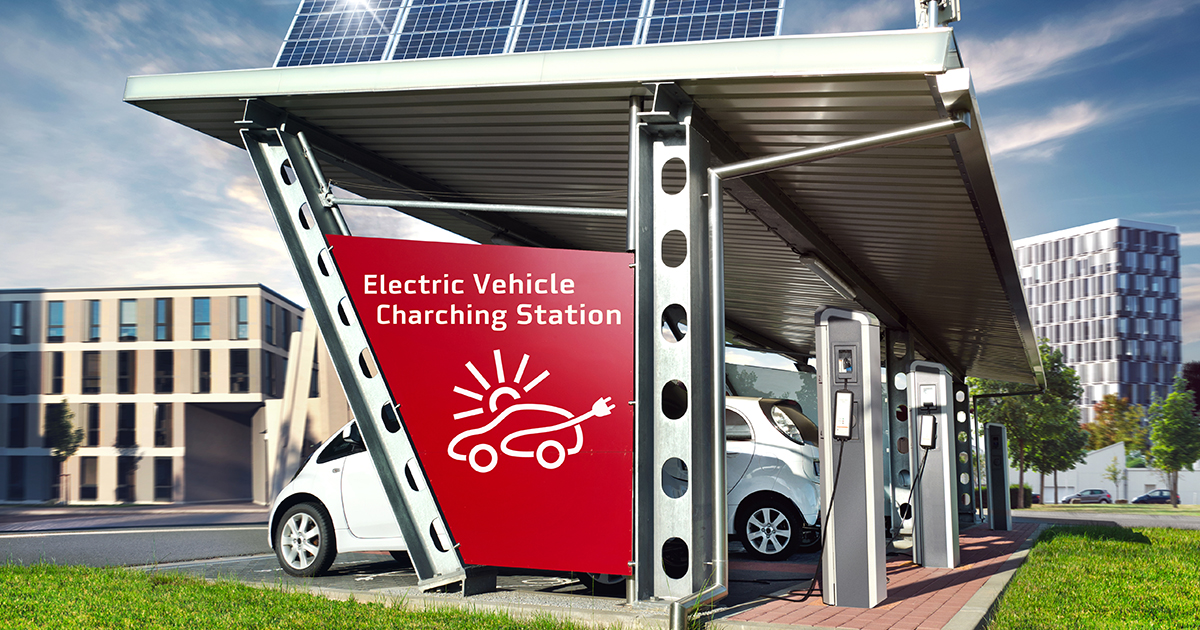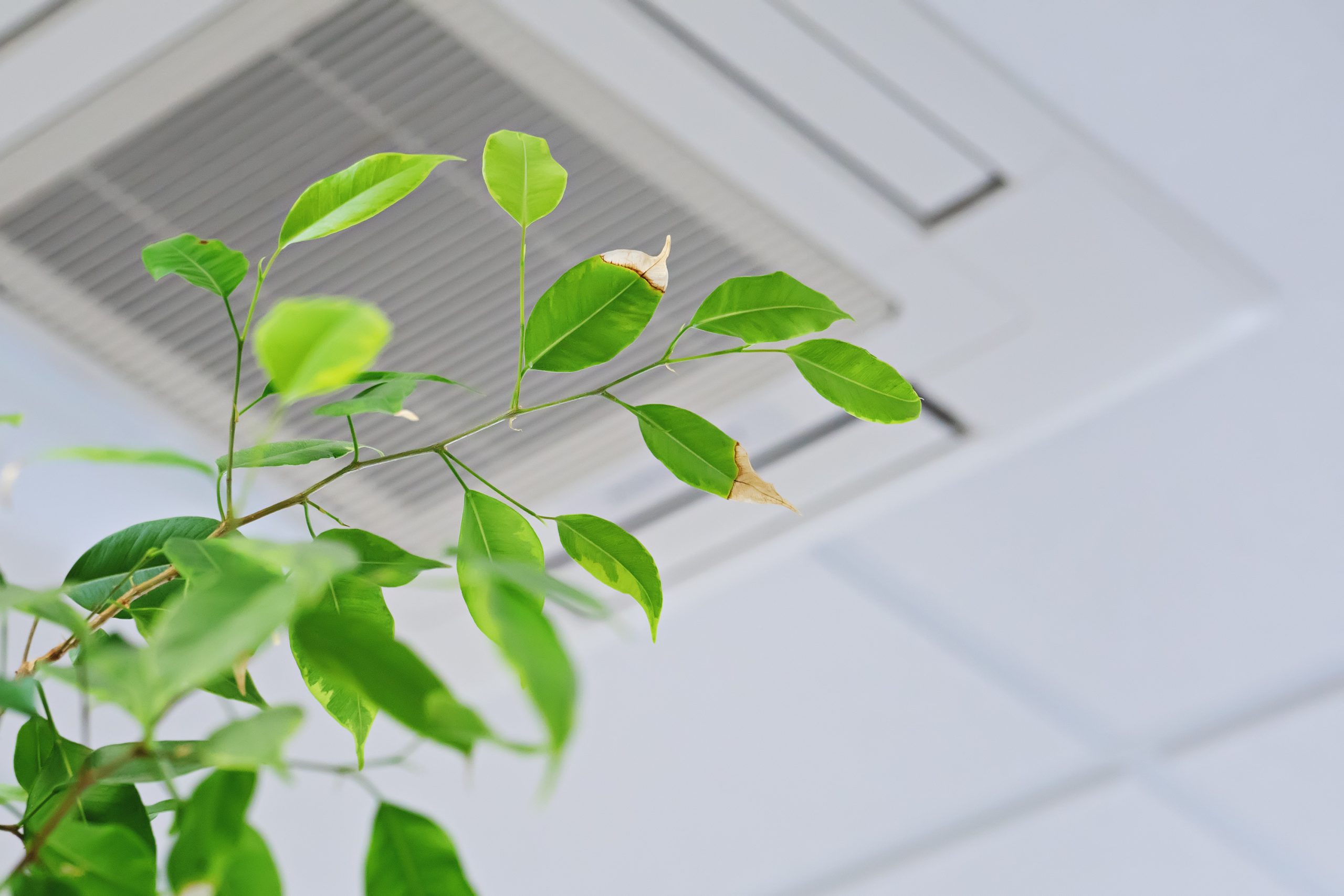
Thermal inertia
In our business, we face the double challenge of combining building energy efficiency with user comfort. Thermal inertia may be the solution to this conundrum! But do you know what it is, and what its features and advantages are? Wonder no longer!
Do not confuse thermal inertia with thermal insulation in a building.
Insulation limits losses, whereas inertia makes it possible to store and then release energy.
This allows us to counteract variations in outside temperature in both winter and summer, and therefore to save on heating and cooling.
Transmission and absorption: the two main principles of thermal inertia.
Inertia by transmission refers to the capacity of the materials in the building’s external envelope to transmit heat more or less quickly.
This is known as the diffusivity of the materials that make up the envelope. The lower it is, the better the envelope’s inertia by transmission, and the harder it is for heat to pass through the envelope.
Inertia by absorption refers to the capacity of the materials in internal walls to absorb energy, which helps avoid excessive temperature variations and promotes a consistent indoor temperature.
“Inertia by absorption acts like a sponge, soaking up energy when there is too much and releasing it when there is not enough.”
This is known as the effusivity of the materials that make up the internal walls. The higher it is, the better the inertia by absorption and the more energy the wall absorbs.
Merits of effusivity and diffusivity
We would naturally use a heavy, dense material (masonry, concrete, stone, etc.) for its good inertia by absorption. We need it to have high effusivity so that it can absorb heat.
Similarly, we use an insulator with low effusivity so that it exchanges as little energy as possible with its environment. It should be noted that the thickness of an insulator is an important consideration.
In both cases, a material with good inertia by transmission, i.e. low diffusivity, is preferred, so that heat passes slowly through the material.
For example, the values below show that concrete offers good thermal inertia. Unlike wood, which has more insulating qualities.

Favour external insulation
External insulation eliminates thermal bridges and benefits the building’s inertia.
With the insulation on the outside, internal walls “store” the desired indoor temperature (warm or cool), contributing to user comfort while remaining “shielded” from the outdoor temperature.
With the insulation on the inside, the external wall will become loaded with cold in winter and with heat in summer, contrary to the desired temperature inside the building.

Tailor the colour of buildings to their environment
The colour of a material affects the heat it collects. Colour changes the solar absorption coefficient: a black body absorbs solar energy well, whereas a white body tends to reflect, rather than absorb this radiation. That is why it is preferable to have dark-coloured buildings in cold climates and light-coloured buildings in hot climates.

Beware the cold wall effect
In winter, walls with high inertia can cause the cold wall effect. This describes a situation where the indoor air temperature is at the desired level, but the surface temperature of the walls is cold because their inertia means they have not had time to warm up.
This makes the occupants feel cold, causing them to increase their heating consumption to counteract the perceived discomfort.
Activating the system with optimised settings before the building is used can provide an even temperature that includes the walls, making the building more comfortable and avoiding overconsumption.
Of course, a well-insulated building is recommended, preferably externally, so that the walls are not cooled from the outside.

Use the building wisely to take advantage of its thermal inertia
Attenuation defines the temperature difference between energy flows entering and leaving the wall. It is linked to the inertia by absorption (the effusivity of the material).
The phase shift is the time taken for heat to travel through the wall. It is linked to the inertia by transmission (the diffusivity of the material).
When the outside temperature varies widely, an envelope with high inertia attenuates this sudden change and exchanges energy slowly with the indoor environment.

In winter, thermal inertia allows the storage of energy from sunlight coming through the windows. In the evening, diffuse heat will be released back to the occupants.
In summer, the advantages of thermal inertia are widely known: you have to keep your windows closed during the hottest periods!
During the day, inflows into the living space are limited. Peak temperatures are capped and the risk of overheating is avoided. At night, the building is cooled by taking advantage of the night-time chill. In some buildings, this night-cooling principle is mechanised.

In conclusion, controlling the building’s inertia is complex, but offers energy savings.
This is one of the main justifications for using dynamic thermal simulation (DTS) software, which incorporates the concept of inertia into efficient building design.
Good management of warm-up times, cold wall effects, attenuation, phase shifts and building use can bring energy savings of 20% or 30%, and even more if you completely eliminate cooling that is no longer needed, while increasing occupants’ comfort.
Some example applications
Solar effect in winter
To take advantage of thermal inertia, south-facing bay windows can be fitted to the building. In winter, the building’s internal walls are loaded with solar energy, and thanks to their inertia, they even out the temperature inside the building.
Night cooling in summer
On cool summer nights, the building’s ventilation system is activated so that the internal walls can be loaded with cold. When the day’s heat arrives, the building’s interior remains cool and comfortable.
Greenfloor
The ventilation ducts are buried within the building’s concrete slabs to benefit from their inertia. In winter, the ducts exchange heat with the slabs, which will retransmit it into the building. In summer, night cooling applies and the ducts cool the slabs during the night.
The cold wall effect is eliminated and comfort is improved.
Greenfloor allows false ceiling space to be reclaimed, and can bring energy savings to reduce emissions by 90 kgCO2eq/m².

Phase change materials
It will soon be possible to optimise a building envelope’s inertia using phase change materials. These are materials that freeze and melt at usable temperatures (roughly between 10 and 80 °C). This makes it possible to store large quantities of heat by passing into the liquid state, and release it by passing into the solid state, taking maximum advantage of day/night temperature variations.
Did you like the article ?


